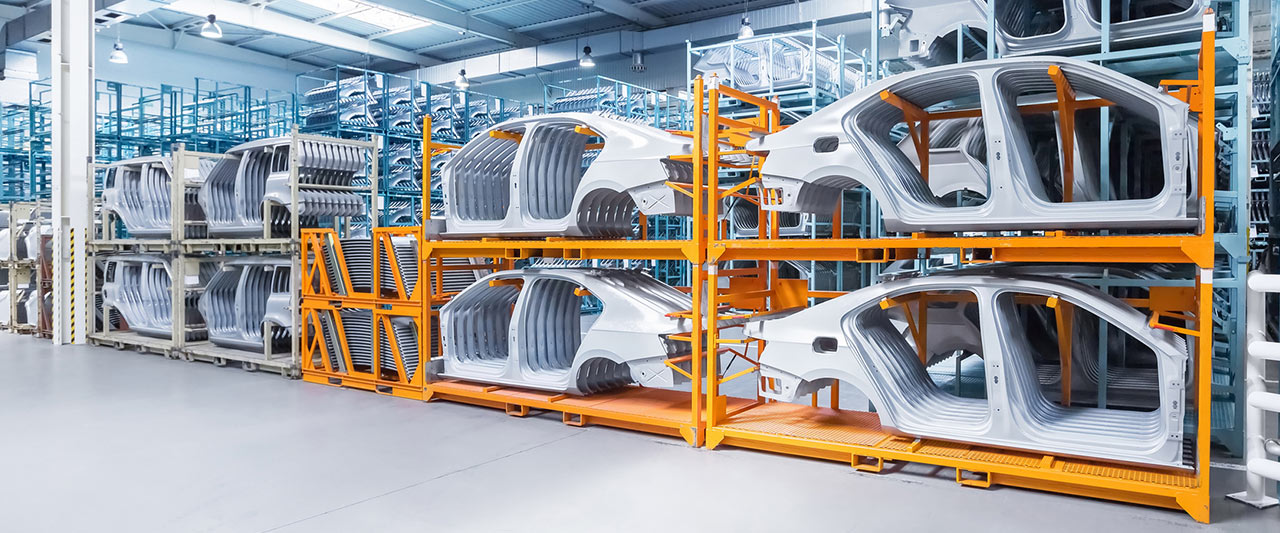VARIANT MANAGEMENT – HOW DIVERSITY CAN HELP YOU SUCCEED
VARIANT MANAGEMENT – HOW DIVERSITY CAN HELP YOU SUCCEED
The customer, and hence the market, decides on your success. So we analyse your specific market and the demands it places on your product – the external variance. We do the same for the internal variance of your products. What does a competitive edge really achieve? How flexible do my procedures have to be? What is easy to manufacture or assemble, what is difficult?
SYSTEMATIC STRUCTURING IS THE BASIS FOR PROCESS OPTIMISATION
We organise the entire process that a product goes through in your company.
What demands does the product place on sales, design, purchasing, production, external suppliers and assembly? How can these demands be met?
The products are modularised according to functional aspects in order to control product variance:
- Incoming
- Transfers
- Outgoing
requirements on the process side...
- ...for sales: configurability with respect to offers
- ...for design: configurability, or rather, good adaptability of the modules
- ...for purchasing: known, qualified, strategic suppliers, fast enquiries possible through access to up-to-date 3D models and drawings
- ...for production: parts lists engineering, production parts lists
- ...for external suppliers: up-to-date and correct drawings and parts lists
- ...for commissioning: up-to-date assembly instructions
After all that, it is possible to set up suitable structures.
Mechanical and electrical elements are merging rapidly in many branches of industry. Attention is therefore often given to setting up and maintaining a mechatronic products structure.
Product variance forms another focus of interest. Processes and structures in a company must be adapted and optimised where the market requires this.
- Where is variance a clear competitive advantage?
- Where does the respective design have to be modified slightly in order to fulfil product requirements rationally?
- How can systems be adjusted and implemented? Where is automation advisable, where inadvisable?
PRODUCT STANDARDISATION EASES PROCEDURES
In those cases where variance causes significant workloads internally, e.g. an excessive design workload or the lack of a suitable production method, then – backed up by controlled standards – sales are able to guide the customer before offering and agreeing on bespoke solutions. Furthermore, the provision of modules or modular products geared to the needs of the market ensures smoother processes. Sales and engineering agree on standards, options and the anticipated customer requirements and can think and act jointly when it comes to market demands. For the future, too.
THE HEART OF VARIANT MANAGEMENT: THE MASTER PLAN
The key idea is introducing a master plan, which will often replace the practice of simply copying old orders. The master plan must be suitable for all customers, all job types in order to prevent products becoming ever more complex and the profit margins ever smaller.
Get your first no-obligations advice right now!
We look forward to receiving your enquiry.






